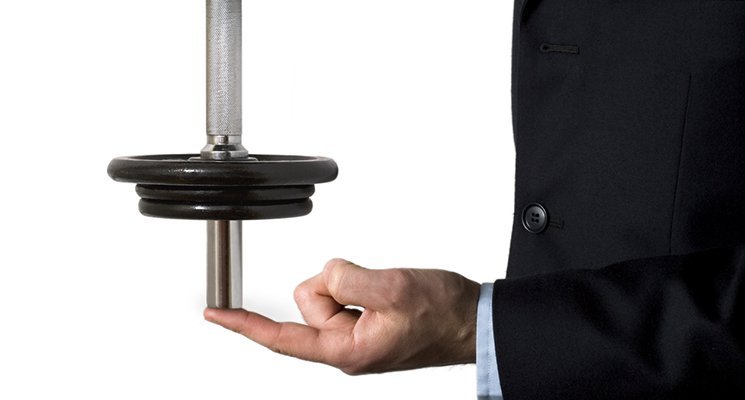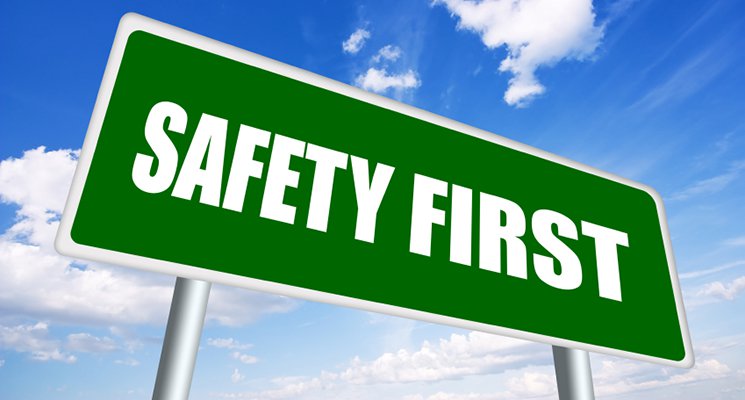Aside from making sure clients are having the best experience possible at your club, you’re second largest priority should be ensuring visitor safety. However, as most club and facility owners know, this is no easy task. From establishing safety protocols and procedures; scheduling inspections; forms and contracts to sign, and making sure all other aspects of your business are running seamlessly, it’s a lot to handle. How can one person accomplish all of this? The answer is: you can’t, and you shouldn’t.
The key thing to take away from this is it takes a whole team. Do not assume all the responsibility yourself. Instead, create a risk management team and network made up of both internal and external sources of support. Having a team to delegate specific tasks to increases productivity and makes for a well-oiled safety machine.
Before looking for help outside your facility, consider your current resources. For example, do you have employees with a medical background? Do you have any individuals on staff with a law enforcement or engineering background? Look for individuals who can bring valuable knowledge and experience to the table. For this internal team, maintain a consistent meeting schedule to address risk management on safety concerns and protocols. These meetings should happen quarterly at the very least and should have a delegated leader to hold all members accountable for all current and new initiatives.
To further grow your risk management network, look to outside sources such as local fire departments, police forces and EMS teams. These resources can help you and your team practice drills for potential situations you may face as well as keep you up-to-date on local incidents.
You can also consult your insurance agent and carrier for resource and educational materials regarding risk management best practices and procedures. Some carriers also have loss prevention professionals who can be brought in to advise your team on proper safety measures and protocols.
Another great option to pull resources from is your local American Red Cross or other local agencies. American Red Cross assists businesses both small and large with educational materials, seminars, and guides for keeping your members safe in the case of an emergency.
The key thing to take away here is that you have a multitude of resources you can pull together to make the best risk management strategies possible. Don’t be afraid to ask for help and make sure new staff members are trained on all safety measures put in place at your facility.






 y son calls me a scaredy-cat because I’m constantly throwing warnings out at him: “Don’t run on the ice, you could fall and hurt yourself!” “Be careful on those rocks; they look slippery.” “Please don’t climb any higher up that fence; if you fall and crack your head open, you’ll be sorry!” I’m not a scaredy-cat, I tell him; I just have to give the warning because if something actually happens, I’ll feel even worse about it if I failed to alert him to the danger beforehand. The better tactic, I know, would be to remove the ice, the rocks, and the fence before he can even test them, but out in the world that’s just not possible.
y son calls me a scaredy-cat because I’m constantly throwing warnings out at him: “Don’t run on the ice, you could fall and hurt yourself!” “Be careful on those rocks; they look slippery.” “Please don’t climb any higher up that fence; if you fall and crack your head open, you’ll be sorry!” I’m not a scaredy-cat, I tell him; I just have to give the warning because if something actually happens, I’ll feel even worse about it if I failed to alert him to the danger beforehand. The better tactic, I know, would be to remove the ice, the rocks, and the fence before he can even test them, but out in the world that’s just not possible.